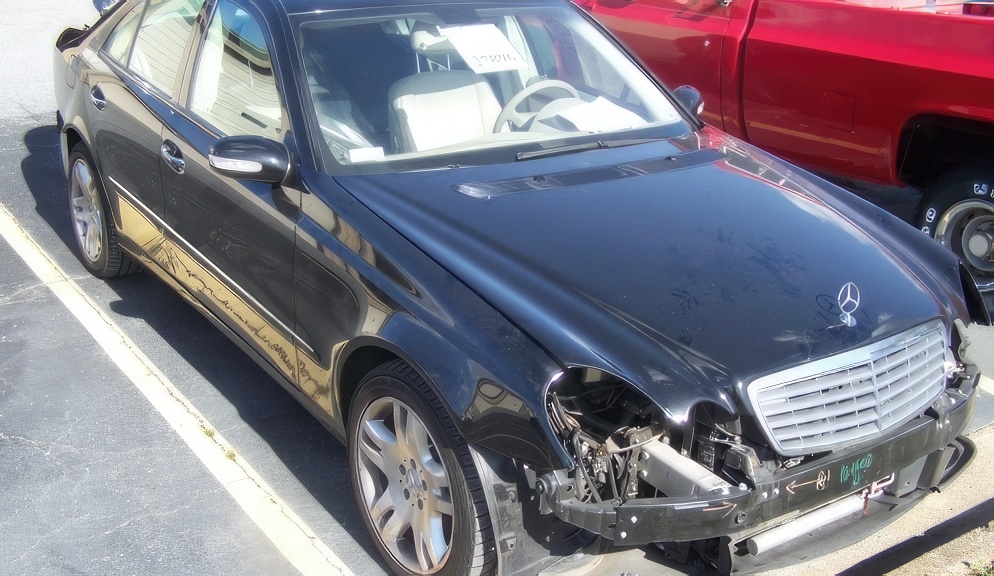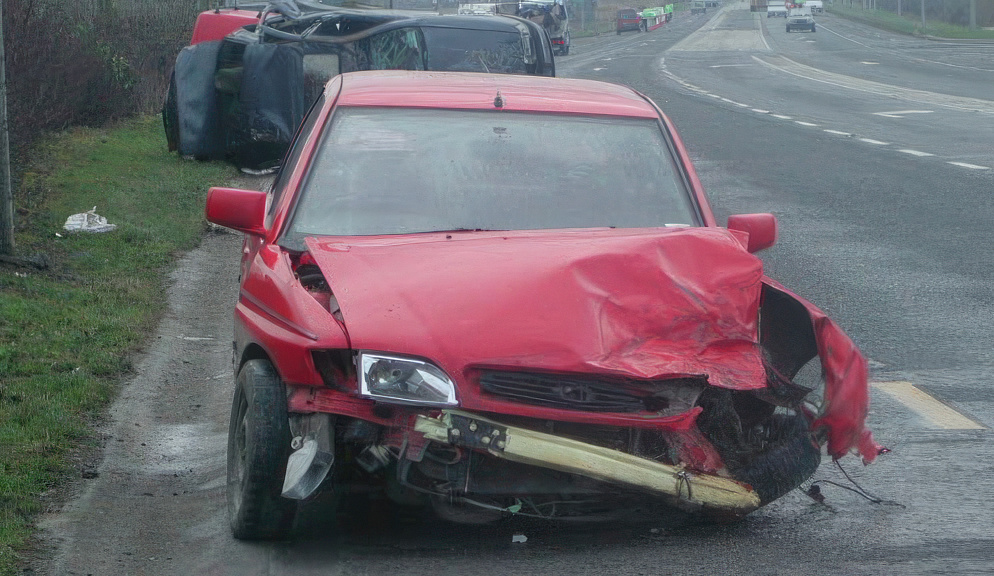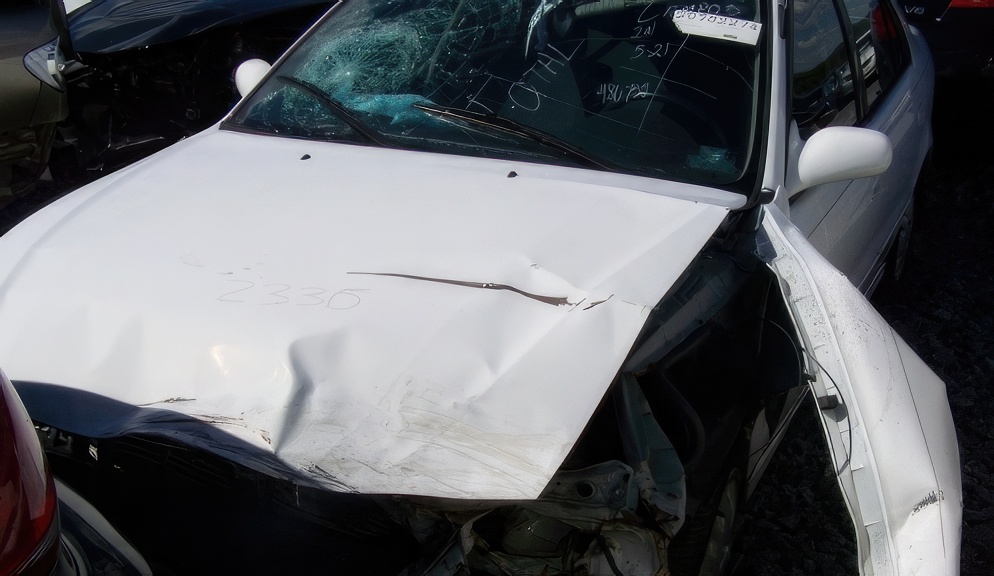Explaining the Different Types of Diminished Value Claims

Diminished value claims are an important part of the auto insurance claims process. When a vehicle is damaged in an accident, the owner may be entitled to compensation for the difference between its pre-accident value and its post-repair value. This is known as inherent diminished value, and it can be a significant amount of money. In this article, we will discuss what diminished value claims are, how they work, and how to make sure you get the compensation you deserve.
Immediate diminished value claims
Immediate diminished value claims involve calculating the difference in market value between a pre-accident vehicle and a post-accident vehicle, but before any repairs are made. This would be the value of the vehicle still in its damaged state. This type of claim is rarely pursued because the vehicle will usually either be repaired or if the damage is significant enough, the vehicle would be declared a total loss.
Repair-Related Diminished Value
Repair-related diminished value is the result of poor repair quality. This can be caused by lack of complete diagnosis and identification of all the related damaged areas of the vehicle. This can also be caused by shoddy workmanship in body and paint work leaving a vehicle with remaining frame or structural damage, bad welds, mis-alignment of suspension that causes excessive tire wear or noticeable paint defects like excessive orange peel, runs or overspray to name a few. Repair-related diminished value is the responsibility of the body shop that completed the repairs and not the insurance company. In most cases, if you see or learn of repair-related issues, you should return to the repair shop to request correction of the issues. If they refuse, you may need to go to another shop to have them identify the issues and the cost to correct them and then potentially file a lawsuit against the first shop to pay for the corrective repairs. In the case of repair-related diminished value, the loss is measured based on the cost of the corrective repairs. If the corrective repairs are completed, the repair -related diminished value goes away.
Inherent Diminished Value
Inherent Diminished Value is a vehicle’s loss of value even after quality repairs have been made to restore the vehicle to its pre-loss level of appearance and safety. This type of diminished value occurs when the vehicle loses value simply because it now has a damage history. Inherent Diminished Value is the most common type of diminished value claim.
How Much Money Have You Lost Due to the Wreck?
When it comes to diminished value claims, the amount of money you can receive depends on how much your vehicle has lost in value due to the accident. To determine this, you would typically need to have an independent assessment done by an experienced auto appraiser or appraisal company. This appraisal will compare the pre-accident value of your vehicle with its post-accident value and calculate the difference. Or, to save yourself the time, money and hassle, you could simply order a diminished value assessment report online.
How Calculating the Diminished Value of Your Vehicle Works
The traditional way in calculating diminished value is to determine the pre-accident market value of the vehicle. This is typically done by researching similar vehicles that have recently sold in the same area, or by using a reputable online valuation tool such as Black Book. It is important to use accurate and up-to-date information when determining the pre-accident market value, as this will be used as a baseline for calculating the amount of diminished value that has been incurred due to the accident. The easier way to handle this is by letting DVAssess do it for you for a budget-friendly price. They are directly connected to Black Book and provide accurate pre-damage values based on your specific vehicle identification number.
How the Claim Process Works
The diminished value claim process for diminished value claims can vary depending on the insurance company and the state you live in. Generally, however, the process involves filing a claim with the insurance company of the at fault party and providing them with evidence of the diminished value of your vehicle. This could include the independent appraisal or documentation collected by the diminished value report we can provide for you online that shows how much your vehicle has lost in value due to the accident.
When is a Good Time to File a Diminished Value Claim?
Generally, it is best to file a diminished value claim as soon as the repairs to your vehicle have been completed and you have a copy of the final detailed repair document. This will ensure that you have the most accurate information available and that your claim is processed quickly. Additionally, filing a claim soon after repairs are completed will help to ensure that you receive the amount of compensation you are entitled to in a timely manner.
Who Do You File the Diminished Value Claim Against?
When filing a diminished value claim, it is important to know who you should file the claim against. Generally, the claim should be filed against the at-fault driver’s insurance company. This is because they are responsible for covering any damages caused by their insured driver.
What If the At-Fault Driver Doesn’t Have Insurance or Does Not Have Enough Coverage to Cover Your Losses?
If the at-fault driver does not have insurance or does not have enough coverage to cover your losses, you may be able to file a diminished value claim against your own insurance policy. This is known as an uninsured/underinsured motorist property damage claim and can help you recover any losses that are not covered by the at-fault driver’s insurance policy. However, you need to check your coverage because uninsured/underinsured motorist property damage coverage is only available in about 16 states
What Documentation is Needed to Make a Diminished Value Claim?
As mentioned above, to make a successful diminished value claim, you will need to provide your insurance company with certain documentation. This includes an independent assessment of the pre-accident and post-repair values of your vehicle, as well as any other evidence that shows how much your vehicle has lost in value due to the accident.
How to Deal With the Insurance Company in Order to Receive Compensation For the Diminished Value of Your Vehicle
When dealing with the insurance company to receive compensation for the diminished value of your vehicle, it is important to be prepared. Make sure you have all the necessary documentation and evidence that shows how much your vehicle has lost in value due to the accident. This includes an independent assessment, photos or videos of the damage, and any other relevant information. Read more about “Is diminished value negotiable“?
How Can DiminishedValueAssessment.com Help?
DiminishedValueAssessment.com was created by professional vehicle appraisers who wanted to offer drivers a budget-friendly option to some of the ‘traditional’ appraisal methods mentioned above. The algorithm DVAssess uses is based on over 15,000 vehicle diminished value assessments, over 250 interviews with vehicle sales managers, wholesalers, and auctioneers. Powered by BlackBook, DVAssess reviewed information from over 1000 online consumer surveys that revealed the consumers attitude with regards to vehicles involved in accidents and how much they would pay for them.
Conclusion
In conclusion, filing a diminished value claim can be a complicated process, but it is important to do so to receive the full amount of compensation you are entitled to. To ensure that your claim is successful, make sure you have all the necessary documentation and evidence that shows how much your vehicle has lost in value due to the accident. With the right information and preparation, you can successfully file a diminished value claim and receive the compensation you deserve.





